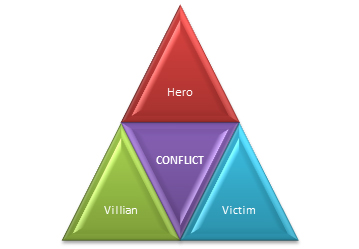
StartupStockPhotos / Pixabay
The Challenge
_____ is why I lead. The exercise started off innocently enough, but it became a defining moment in my life. Fill in the blank and begin living your legacy. I watched as the kids from San Jose State University started their journey in the Braven Leadership Accelerator. Some came from San Jose. Others came from California. A few even came from far away as Taiwan and Russia. More importantly, they came to become leaders. Sure, a few enrolled in the class for the 3 units but most of them are looking beyond the degree. They are looking to change the world.
The Mission
There is a young woman who wants justice for foster children and is already working with the state legislature to make that happen. There are kids from abused and neglected situations that decide to become social workers to make sure that it doesn’t happen to others. The point is these kids are here for someone other than themselves. They take their life experiences and see an opportunity.
So what exactly is leadership? I believe that there are two steps to becoming a good leader. The first is to know yourself. The second is to know your people. On that sunny Saturday afternoon the Braven Fellows started to get to know themselves and know each other. They wrote their personal narratives and as they shared their stories they began to connect with each other. I felt the energy rise as they realized they were so different yet so much alike. The stories are different but the goal is the same; to take what they’ve learned and make a difference.
The Lesson
Each of us has a story. The question is: what do we do with it? When we use our stories to truly understand ourselves, several things happen. We begin to connect with people on a deeper level. We begin to see how our words and actions affect our relationships with others. This allows us to make better choices. Simply put, our story allows us to get ourselves out of the way and begin to know our people. When that starts to happen, true leaders emerge.
I will spend the fall semester with these kids, not only as their coach, but as their student. What I experienced on that Saturday became part of my story, part of my legacy. And as of that day, the Braven Leadership Accelerator is why I lead.
Check here more good stuff on leadership
Let us help you discover why you lead! Check out our services here.

